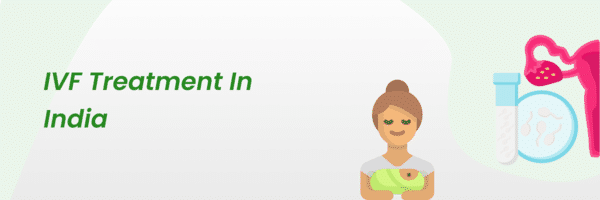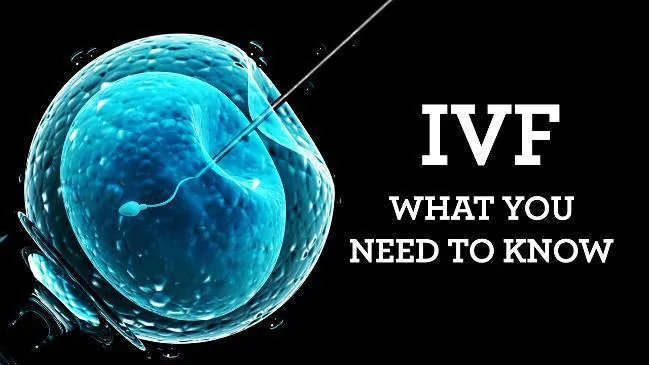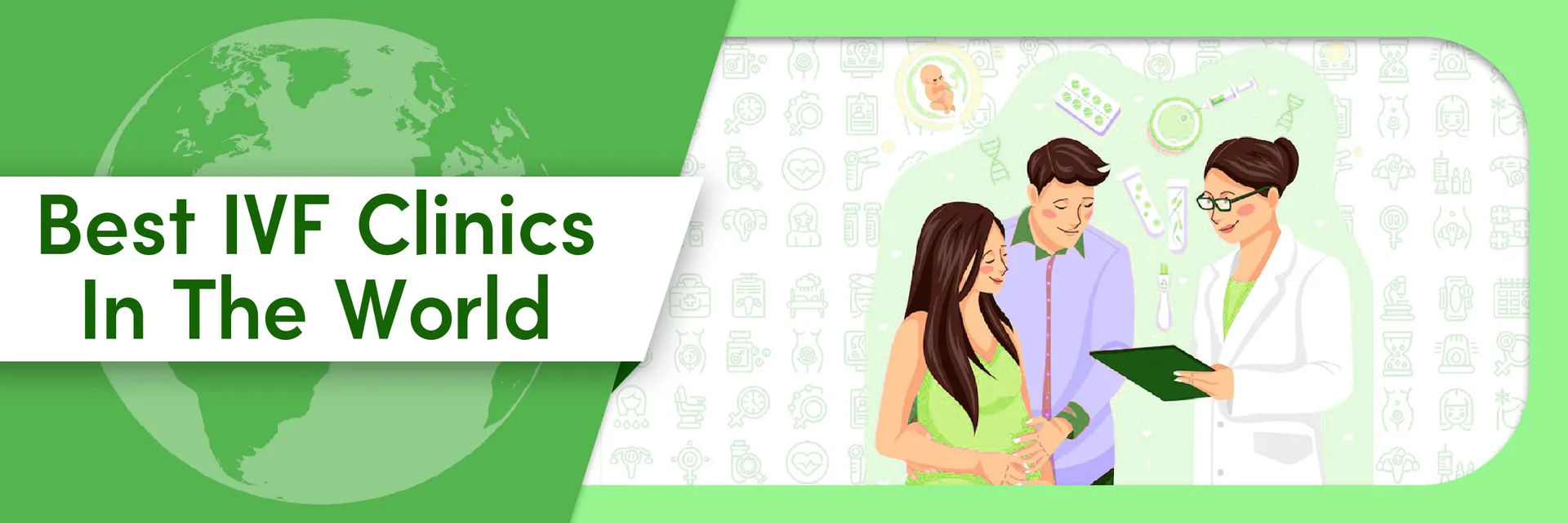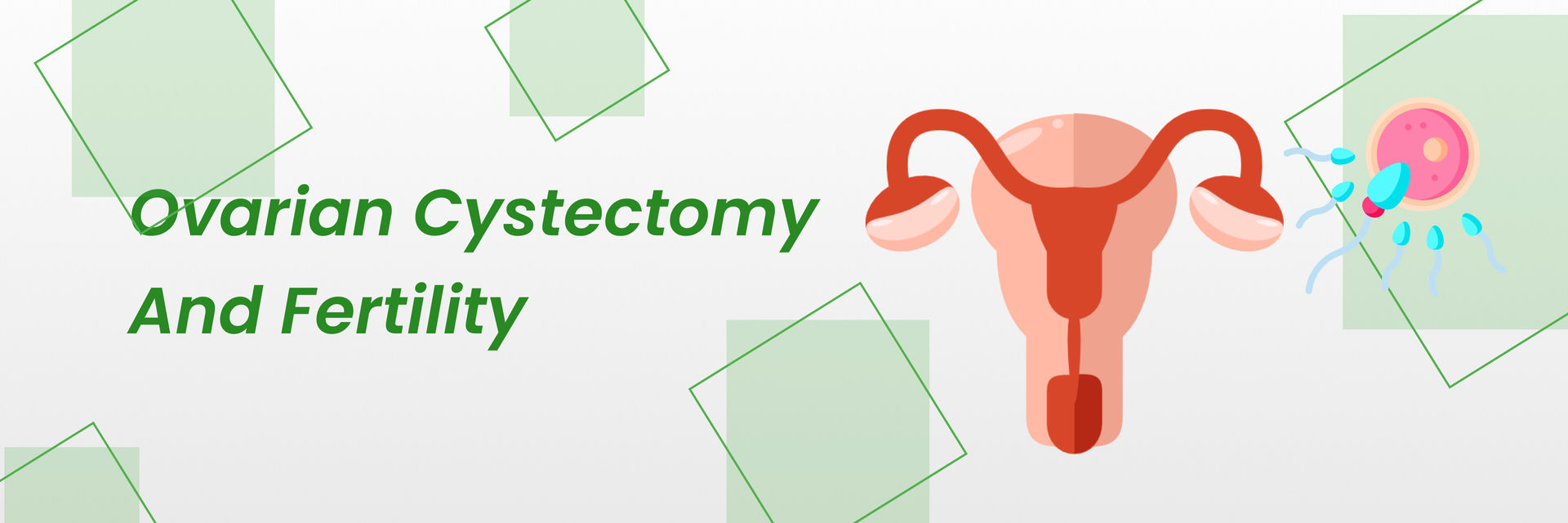A journey of assisted reproduction, mainly through Frozen Embryo Transfer (FET), is a path filled with precision and hope. Among the various protocols and timings considered, the frozen embryo transfer on Day 22 of the cycle stands out as a significant occasion for many aspiring parents. This approach is gaining attention for its potential to optimize the chances of a successful pregnancy.
Did you know that timing your FET for Day 22 of your cycle can significantly boost your chances of success?
Studies show that around 60% of people who try this method see positive results. It fits perfectly with your body's natural schedule and could bring you closer to parenthood.
Have you heard about Frozen Embryo Transfer or FET, but aren't sure what it is? Let's read till the end
What is Frozen Embryo Transfer (FET)?
FET is a step in fertility treatments where doctors take an embryo that was frozen in an earlier treatment and place it into a woman's womb later on. This can be done weeks, months, or even years after the embryo is first created.
Here's what happens in FET:
- Transfer: The embryo is placed into the woman’s womb at the right time in her cycle.
How is it different from fresh transfers?
- Fresh Transfers: These involve taking embryos that have been created from fresh eggs and sperm and placing them into the womb within a few days.
- Frozen Transfers: These use embryos that are frozen and stored for future use. This method helps lessen the strain on the woman’s body from the fresh cycle and gives more control over the timing of pregnancy.
Why is Day 22 often considered the best day for a Frozen Embryo Transfer? Let's read ahead
Why is Day 22 a Key for FET?
It’s all about timing. Timing in the FET process is crucial because it must match the natural fertility cycle as soon as possible for the best chance of success.
- Natural Cycle Sync: Around Day 22, your body is at a stage where the womb's lining is thick and rich, ready to support an embryo. This is like when an embryo settles into the womb after conception.
- Optimal Environment: Transferring the embryo at this stage means it enters a receptive environment, increasing the likelihood that it will implant and grow.
Studies show that transfers around this day have a higher implantation rate than at other times. For instance, success rates can be as much as 10-15% higher when the transfer aligns with the optimal window of the uterine lining's receptivity.
Day 22 isn't another date on the calendar—it could be the key to maximizing your chances of success.
Want to learn more about how this option could work for you? Schedule an appointment with a fertility specialist now and get personalized advice.
Menstrual Cycle and FET Timing
The menstrual cycle is a complex interplay of hormones and physiological changes. It averages 28 days for most women. It consists of several phases, each playing a crucial role in reproductive processes:
- Menstrual Phase (Days 1-5): The cycle begins with the shedding of the uterine lining.
- Follicular Phase (Days 1-13): Overlapping with the menstrual phase, this period involves the maturation of ovarian follicles stimulated by the follicle-stimulating hormone (FSH).
- Ovulation Phase (Day 14): A luteinizing hormone (LH) surge triggers a mature egg's release.
- Luteal Phase (Days 15-28): Post-ovulation, the corpus luteum releases progesterone, preparing the uterus for potential embryo implantation.
Want to know how to prepare for this important day? Contact us today!
Factors Influencing FET Success
Several factors play critical roles in the success of a frozen embryo transfer (FET). Understanding these can help you optimize your chances of a successful pregnancy.
Key Influencing Factors:
- Endometrial Lining Quality: The thickness and quality of the uterine lining are paramount. The lining should be thick and rich to support the embryo implantation better.
- Embryo Quality: The health and viability of the embryo itself are crucial. Higher quality embryos, graded by fertility specialists, have a better chance of developing into a pregnancy.
- Health: Your general health affects fertility. Conditions like hormonal imbalances or immune system disorders can impact FET success.
Ready to prepare for your Frozen Embryo Transfer?
Preparing for Your FET
Getting ready mentally can help you feel more at ease and improve your chances of success.
Here’s how you can prepare for this important step.
Physical and Mental Preparation:
- Medical Check-ups: Make sure to visit your doctor for pre-transfer check-ups. They’ll guide you on any medications or supplements you might need.
- Mental Health: Consider activities like meditation or counselling to help manage any stress or anxiety about the process.
Diet and Lifestyle Tips:
- Balanced Diet: Eat a well-balanced diet rich in fruits, vegetables, whole grains, and lean proteins to support your body’s health.
- Stay Hydrated: Drinking plenty of water is essential.
- Exercise: Stay active with gentle exercise like walking or yoga, but avoid anything too strenuous.
- Avoid Harmful Substances: Cut out smoking and alcohol, and reduce caffeine intake, as these can affect fertility.
Every step you take to prepare can make a difference.
Potential Challenges and Risks
While the FET on Day 22 protocol is promising, it is not without potential challenges:
- Thawing Process: Though improved techniques have reduced this risk, not all embryos survive the thawing process.
- Ovarian Hyperstimulation Syndrome: FET lowers the risk of OHSS but remains a concern in some cases.
- Multiple Pregnancies: Transferring multiple embryos can lead to the risk of multiple pregnancies, which carries its own set of complications
It is always mportant to visit a recognized fertility centre to get your FET treatment done.
What to Expect on the Day of Transfer
Feeling a bit nervous about what happens on Day 22, the day of your Frozen Embryo Transfer? Let’s walk through what you can expect to make the day go as soon as possible.
During the procedure:
- Arrival: Arrive at the clinic with enough time to relax and not feel rushed.
- Preparation: You’ll be asked to have a full bladder, which helps the ultrasound technician get a better view during the transfer.
- The Transfer: The procedure is quick, usually taking only 10-15 minutes. Using a thin catheter, the thawed embryo is placed into your uterus.
What to Bring:
- ID and Paperwork: Have your identification and any necessary medical forms ready.
- Comfort Items: Bring a book, music, or anything else to help you stay calm.
How to Prepare:
- Rest Well: Get a good night’s sleep before the procedure.
- Light Meal: Eat a light meal beforehand as recommended by your fertility specialist.
Post-Procedure Care:
- Rest: Take it easy for the rest of the day. While bed rest isn’t usually required, avoiding strenuous activities is a good idea.
- Stay Positive: It’s normal to feel anxious while waiting for the results, but try to stay positive.
Remember, knowing what to expect can help reduce stress. Feel free to reach out to us with any questions you might have as the day approaches.
Conclusion
The potential benefits of timing your Frozen Embryo Transfer for Day 22 of your cycle highlight how this day could offer the best chance for the embryo to implant due to the optimal condition of the uterine lining. By choosing Day 22, you align with a natural point in your cycle, which may increase your chances of a successful pregnancy.
Embarking on a fertility journey is a big step; having the right information can make all the difference. If you're considering FET, talking to a fertility specialist is a crucial next step. They can provide personalized advice and support tailored to your specific needs.
Ready to take the next step in your fertility journey? Reach out to a fertility specialist. Let's make your dream of parenthood a reality.
FAQs
What are the chances of success with a Day 22 FET?
- The chances of success can be higher on Day 22, often around 60-70%, thanks to the ideal condition of the uterine lining.
How do I know if Day 22 FET is right for me?
- If your cycles are regular and your healthcare team agrees, Day 22 FET could align well with your body’s natural fertility timing.
Are there any risks associated with FET on this specific day?
- The risks are like those of any FET procedure, like infection or hormonal side effects, without more specific risks for Day 22.
Thinking about moving forward with FET?
Contact your fertility specialist to discuss if a Day 22 transfer is best for you.
Reference
https://bloomclinicsobo.com/blog/optimizing-success-frozen-embryo-transfer-on-day-22-of-cycle/





